How to become a great workshop facilitator
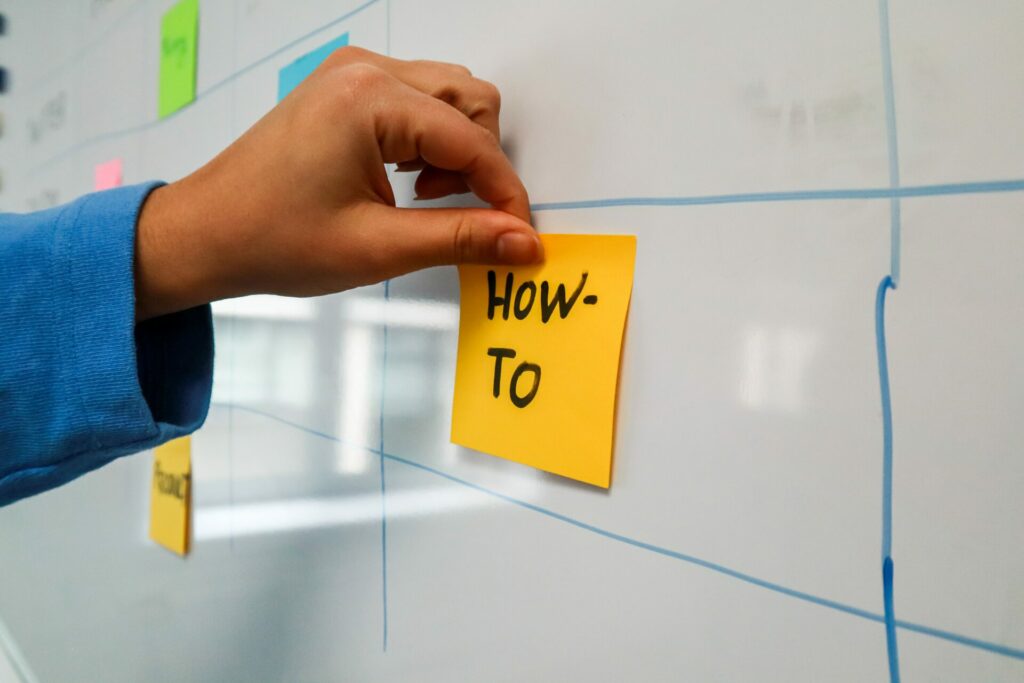
Facilitation skills can be applied in a variety of contexts, such as meetings, events, or in the classroom. Arguably, the setting in which facilitation skills shine the most is the design and running of workshops.
Workshops are dedicated spaces for interaction and learning. They are generally very hands-on, including activities such as simulations or games designed to practice specific skills.
Leading workshops is an exciting, rewarding experience! In this piece we will go through some of the essential elements of workshop facilitation:
What are workshops?
Workshops are a time set aside for a group of people to learn new skills, come up with the best ideas, and solve problems together. In this article, we have defined workshops as “structured and interactive sessions designed […] to guide a group through a process”. A workshop differs from a meeting, training, or conference. Workshops are typically very interactive and participatory.
If someone is standing in front of the classroom delivering presentations most of the time, that’s not a workshop: it’s a training class or a lecture. As a general guideline, in a good workshop 80% of the time should be spent by workshop participants in tasks, activities and discussions. The remaining 20% should be occupied by the facilitator presenting and talking.
But if the facilitator is mostly not talking during a workshop, what does a workshop facilitator do?
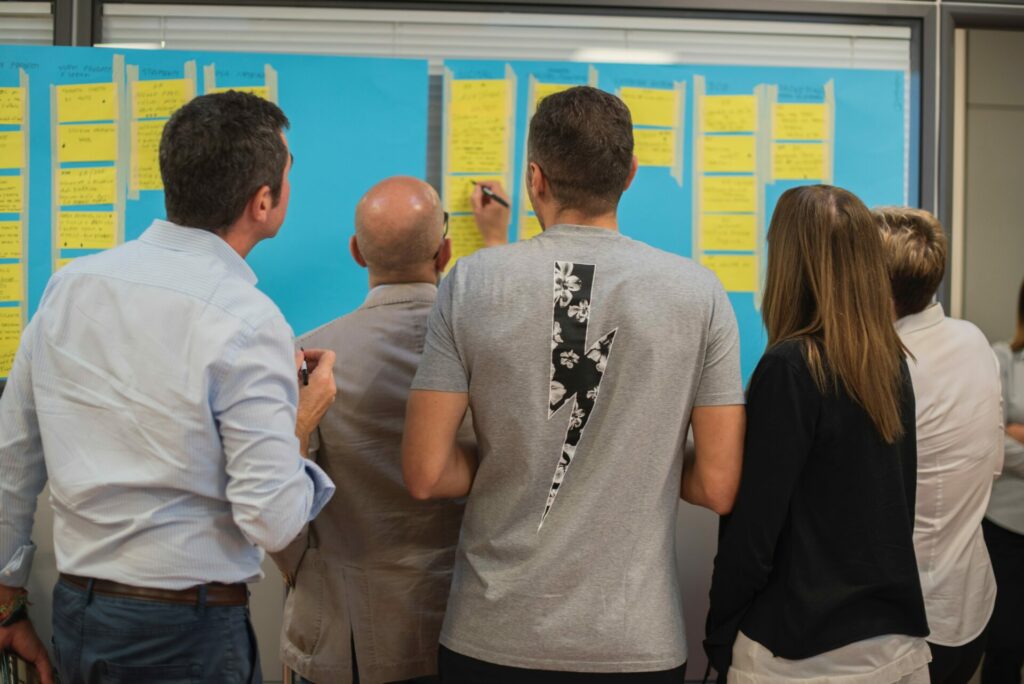
What does a workshop facilitator do?
A workshop facilitator is a guide to a bespoke experience. Like tour guides in rugged territory, they will scout and map the route in advance. Eventually, they will lead workshop participants through it in a planned, pre-designed way. They will know where they are going, yet remain open to change the route based on what happens on the day.
There are two parts to the workshop facilitator’s work:
- Choosing a route. Most of the work actually happens long before the event date, in setting up an agenda, picking activities, and organizing the day.
- Leading the group. A workshop facilitator will skillfully navigate the territory, giving clear instructions for activities, keeping track of the time, and offering activities that encourage participants to define follow-up actions.
Facilitating workshops requires the same skillset as facilitation in general, including listening and communication skills and familiarity with a range of facilitation techniques.
There are a few things that distinguish the practice of workshop facilitation from facilitating a meeting or a team retreat. Let’s see what a workshop facilitator needs to know.
Everything you should know about workshop facilitation
The very first thing you should know about workshop facilitation is that it is an intense, rewarding process! One of the things I love about facilitating is how I get to meet all sorts of different teams and projects. Because of the one-off nature of workshop facilitation, you might get to facilitate an ideation session one day and a project kick-off the next. This can be thrilling!
Being a beginner at the game might be daunting for the very same reason. Remember that you are there to facilitate, not to be a content expert (to learn more about your role as facilitator, you can read this article on the topic).
You should definitely have an agenda planned, but it is also ok to turn to the group for ideas of topics to discuss, and to ask them questions (in facilitator jargon, “throwing it back to the group”). And if you are just starting off, you might want to begin by delivering sessions that have been designed by someone else, in tried-and-tested formats such as the design sprint.
Knowledge comes with experience. Veteran workshop facilitators get comfortable with flexibility and variation, and have a large toolkit of frameworks, activities, methods and faciltiation techniques they can mix an match.
Whether you are asked to design a workshop for a client, or decide to create one yourself, the main thing you need to keep in mind is that a workshop is a self-contained experience. It usually begins and ends on the same day or, if it is a workshop series, after a few days. The self-contained nature of workshops conditions the whole approach to designing and leading them. Let’s see how!
How to start a workshop
Whether lasting a couple of hours or a couple of days, a workshop has a clear beginning and end. This simple fact has a few important consequences. First of all, as workshop facilitator, you will need to cover a lot of ground in relatively little time. This is not like accompanying a team throughout its development.
In that scenario, you might work for an entire day at the start of your professional relationship to gain confidence, establish norms, and get to know one another. As a workshop facilitator, you will still need to establish trust and define how to best work together, but you’ll have very little time to do it.
Ground rules are a good example. When I meet a group of new students in my group dynamics course, we generally spend about an hour creating and discussing our own set of agreements. It’s worth spending time on this task since it will shape our rapport for months of classes to come. But if I have a 3-hour workshop, I’ll propose a ready-made basic set of group agreements instead.
Rather than co-creating agreements with the group, I’ll present some general guidelines (such as “keep your phones silenced” and “respect confidentiality”) and give participants 5-10 minutes to check whether they want to make additions or important changes. If the proposed set of agreements is good enough for now, safe enough to try, I ask the group to just go with it, since they will shape our behavior for a very limited stretch of time.
To quickly establish your credentials and build trust, it’s a good idea to have a few sentences prepared in which you share something about yourself. Participants will be curious about who you are, what you do, and how it is exactly that this stranger now has the authority to tell them what to do for a few hours.
Every facilitator has their own style and way of establishing trust. It might be telling a story of success, to raise the day’s ambition, or a story of failure, to model openness and enable taboo topics to be spoken.
There is no need to tell participants your entire life story, but you should have a plan of what you will share. What could you say to maximize the possibility of creating a connection with participants?
I often am asked to give workshops to international students in a peacebuilding program. In this context, I usually introduce myself by sharing my mixed heritage and adding something about how it has enabled me to see the perspective of both privileged and oppressed groups. This little spiel helps participants place me, quickly establishes my ethos in terms of giving voice to unspoken power dynamics, and generally leads to good conversations in the breaks.
In a 15-20 minutes opening part, you should have enough time to
- go through a presentation of yourself and the workshop,
- introduce group agreements and
- have a check-in activity.
If the group is large, there will not be time for whole-group plenary presentations. Find alternative ways for workshop participants to check-in, such as using a chat (in online workshops), introducing themselves to two or three people they do not know, or having activities such as group mapping.
In workshops, you will not have the luxury of a lot of time. Maximise opportunities: if you want to have a check-in and would like for participants to have a moment to reflect on their intentions for the day, for example, you can ask them to share their intentions and expectations as part of a check-in round.
Be mindful of attention spans
Attention will be at its highest in the first couple of hours of the workshop. Treat it as the precious thing it is and think carefully about which activities need the most brainpower, so you can place them in the appropriate slot of the agenda.
Energizers, breaks, and, more in general, a well-designed schedule will help you keep attention levels high, but you cannot realistically expect participants to be on top of their game 100% of the time. Workshopping experts at AJ&Smart put it very well: “Treat energy like it is a delicate, finite resource”.
An effective facilitator surfs on the physiological, natural ups and downs of human attention, rather than getting annoyed at the waves for being there!
Expecting participants to tackle a complex task or be fully present as you introduce theoretical frameworks just after lunch, for example, is setting yourself up for disappointment. Instead, place a relaxing activity during the after-lunch slump, such as watching a video or having a paired walk.
You’ll need to manage your own attention span as well, of course. Peer-to-peer facilitator spaces are full of advice on self-care and how to keep your own precious energy up while you facilitate a workshop. Working with a trusted co-facilitator is arguably the best way to make sure someone is always available to focus on the participants.
Engaging workshop participants is key
Being actively immersed in activities is the very essence of the participant experience of a workshop. As a workshop participant, rather than being told what to do or think about, I should be finding solutions myself, discussing with other participants, and discovering my own way through challenges and activities.
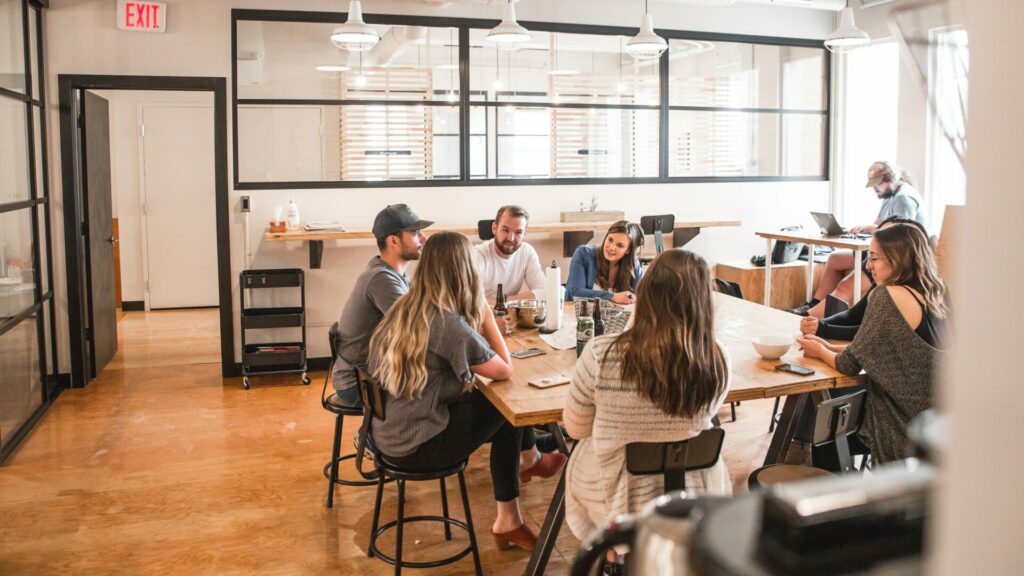
The choice of activities for a workshop’s agenda is therefore founded upon the participatory nature of the experience. Everyone should have ample opportunity to interact with materials directly, express their ideas and opinions and work on tasks, either alone or collaboratively. Paired and small-group activities are typically ways to enable participants to work together; smaller numbers allow more space for interaction.
Of course, for many people it is more comfortable to sit and listen to someone else talk: it requires less effort, and it’s what we have mostly been exposed to in educational settings. The facilitator’s job is to break this pattern!
To avoid encountering resistance to participation, make sure you set expectations as early as possible. Inform participants of what will be expected from them in pre-workshop communication and emails. In invites to online workshops I will for example ask clients to add a note of this kind “This will be a hands-on, participatory event. If you can, please join with webcam on and from a space that allows you to talk and interact.”
At the start of an in-person event, I generally begin with an activity, such as a check-in or short icebreaker, to set the stage and show, from the get-go, that this will be the tone for the day. Personally, I also do not like to pressure people into participating, so I will add to the ground rules something to the effect that every activity is an invitation, and it is always ok to step out.
You never know what people may be uncomfortable with; rather than remove all activities that imply some measure of physical contact, for example, I prefer to tell participants that if they do not want to take part in an activity that is always ok, in which case they should take an observer role and feedback to the group later, in the debrief section, anything they noticed.
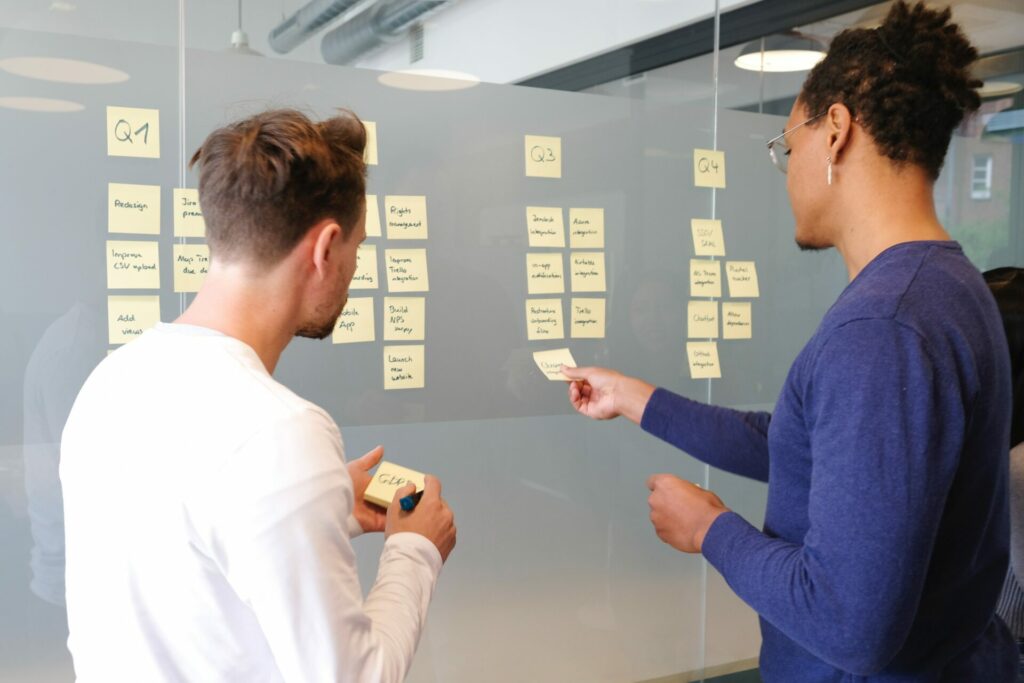
The purpose must be clear
One of the few things worth getting in front of the group and talking about, is the purpose of the workshop and its activities. Don’t take it for granted that people have been paying attention to the pre-workshop communications (particularly if this is happening in an office and it’s been put on their calendar for them).
Adult learners need to have clarity about why they are being asked to do things (more than children, who might just jump into a role play with glee). Don’t be afraid to reiterate the rationale behind the whole workshop.
Before each activity, explain why you’ve chosen it. Even if things go wrong, the group is more likely to be understanding and forgiving of a guide who has explained why certain choices were made, rather than of someone who just jumps into an activity without sharing why.
Having a clear purpose is also the best possible guideline for choosing what methods, tools, and techniques to use. Writing a one-sentence description of the workshop’s purpose is a good way to start designing. If your purpose is “to reawaken creative thinking and playfulness in the team” you have solid, incontestable reasons for pulling out art supplies!
In SessionLab’s template collection, you can find a lot of inspiration on how professional workshop facilitators select activities that match the workshop’s stated purpose.
You may never see these people again
Another thing that makes facilitating workshops different from, say, facilitating meetings, is that it is quite common for the facilitator to never meet the group again. Even if you continue working with the same company, this might be a dedicated workshop on a certain topic, in which members of different teams participate. Next time you see some of these people, it will be in a different constellation.
A consequence of this fact is that the success of the workshop depends on whether group members take ownership of workshop outcomes and results. They should not automatically expect to rely on the facilitator for follow-up tasks and next steps.
A few days ago I was asked to lead a workshop on sustainability for a small cooperative. We worked together on discussing and defining simple habits they could change to make their workplace more sustainable: what did they want to do to save energy, use less bottled water, make changes to their office supply management, and so on?
Because this was a workshop, I am not expecting to see this group again for a long time, if ever. It was therefore important to establish early in the process that they were creating actions that they themselves should follow up on. “Who will take this poster with ideas and turn it into meeting notes?”
A good workshop facilitator will know that it might be necessary to discuss with the client such questions as “What do you plan to do with the output of the citizen groups’ work? How will you ensure continuity? Will there be resources allocated to participants to turn their ideas into reality?”
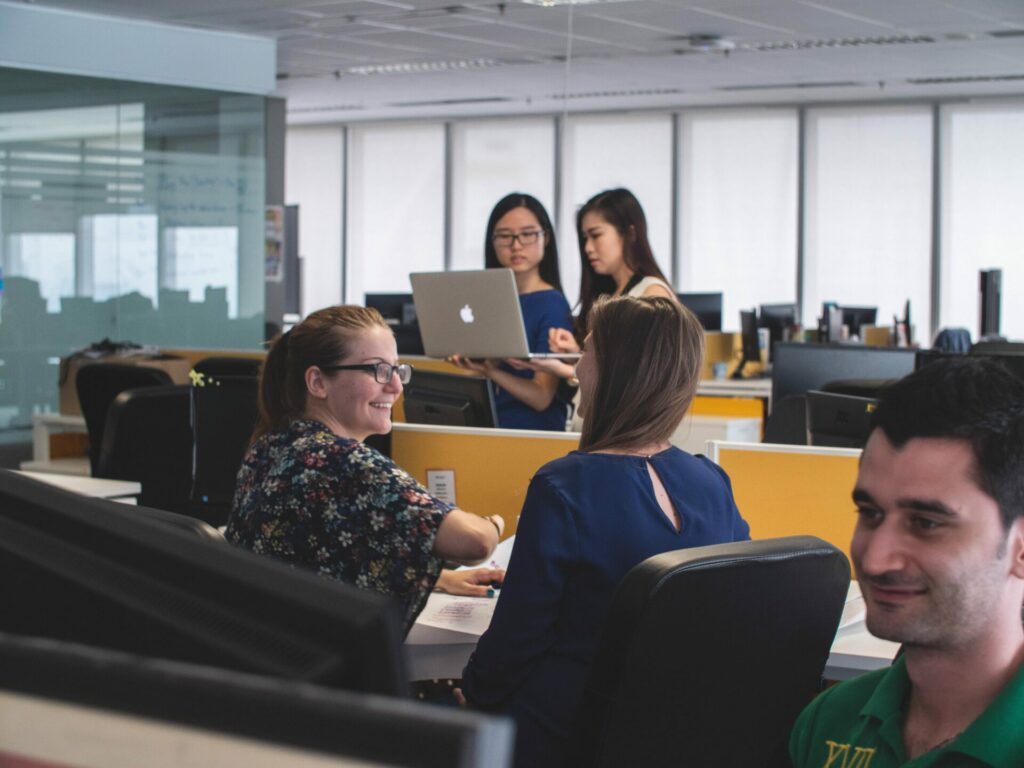
A successful workshop is practical and action-oriented
If you’ve ever gotten (or given) eye-rolls upon hearing the word “workshop”, it probably has to do with a belief that these experiences are useless, and disconnected from reality. At best, they might represent lovely parentheses where communication flows and everyone is upbeat and nice, at worse boring (Activities that teach us to do things we already know how to do!) or cringy (Forced fun!). Workshops are perceived by many as not useful or productive in relation to what happens in the office, team or local community starting from the very next day.
It is really important for workshop facilitators to avoid this pitfall. Here are a few things to keep in mind in order to design and deliver workshops that turn eye-rolls into enthusiasm!
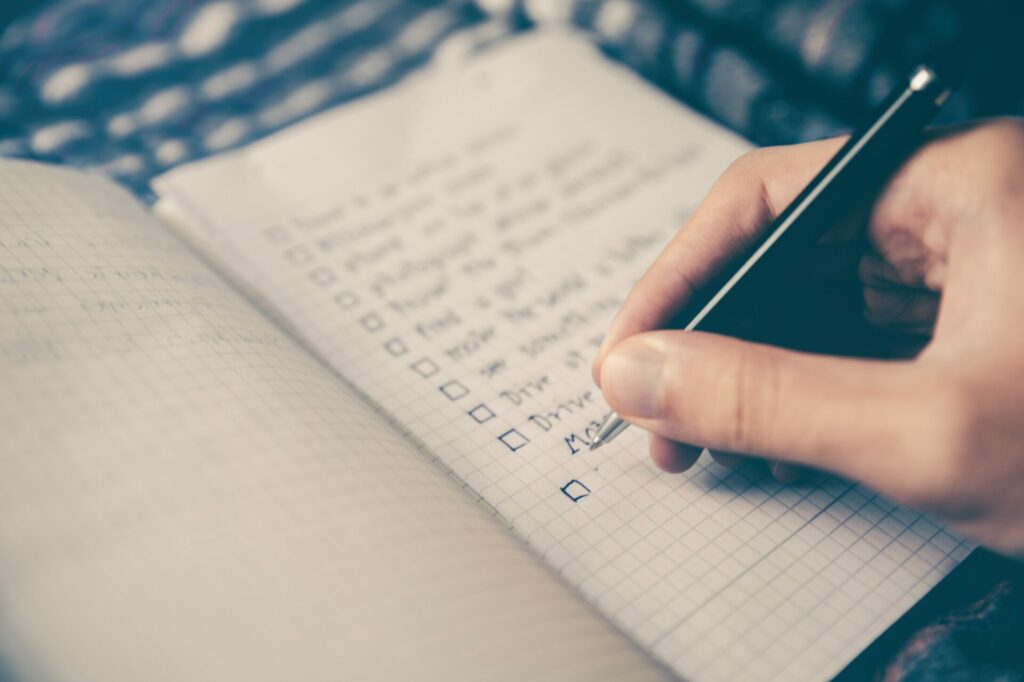
Negotiate carefully with the client
Ask questions that help you get clarity about the actual needs of this group. A workshop is often the best way to accelerate a team’s next step, and there is no way you, as an external consultant, can know where the group is at the moment. Guide your client with open questions and an appreciative gaze to deeply understand what will work for this specific group. At this link you can find a series of four one-hour templates dedicated to designing workshops with client input.
Collect information on the group
Learn as much as you can about the group you will soon meet. Sometimes you might have the luxury of some 1:1 interviews. An exploration of the company’s social profiles and blogs is not out of the question nor is asking–with due care for confidentiality–colleagues who have worked with the same people in the past.Knowing a bit more about the people you will soon meet can help you design and lead better experiences for them. Are there special needs you should be taking into account? You might learn of working styles and even inside jokes you can weave into your discourse. What is the group likely to be comfortable, and uncomfortable, with?
Different teams have different learning styles and approaches: if you are casually told these people absolutely loved their latest team retreat, which was full of sports and games, that can give you a clear sense that it is ok to play and be active during the next workshop!
New ideas are often born from pre-workshop conversations. What needs come to the surface? What do people tell you are important skills they are curious about? What new methods do they want to learn?
Co-design as much as possible
Of course you want to arrive on the morning of the workshop well-prepared and with a designed agenda. At the same time, the more input participants can put into shaping the day, the more ownership they are likely to feel. Something I often do is have a section for a World Café or a similar discussion activity, but I do not decide on the topics for discussion beforehand. Instead, I listen to the concerns and interests expressed in the previous part of the day and add topics to the tables during a break.
Connect the workshop to the team’s real life
Ask for, and make, examples from their lives and areas of interest. Design checkpoints in the session to ask the group how this or that topic or activity can be useful to solve their own real-world challenges.
The best workshops leave participants jazzed up and energized, ready to get back to work the next day with more confidence and clarity about how to get stuff done. The experience comes to life when activities are connected to real-life experiences that are meaningful for the participants. An example of how to do this is through role plays. A good facilitator might prepare customized examples and storylines for a role play that cannot be exactly superimposed to the team’s reality but does closely resemble it, enough so that learning points can be drawn and quickly applied.
End with an action plan
Dedicate a good chunk of time, usually the last part of the session, to putting learnings into practice. This usually means creating an individual or collective action plan. Ask questions such as “What will you do as a consequence of this workshop?”, and use tools such as backcasting or other action-oriented activities to define clearly the next steps. What will happen after the workshop?
Create memorable experiences
Once you have your general design put together, start asking yourself what will make this workshop memorable. I recently had a fascinating discussion with colleagues about the role of surprise in learning. Novelty enhances memory!
Many workshop facilitators aim to create a surprising situation from the start, by being playful about the setting. One of my favorite interventions of all time was when I was asked to run a workshop on earthquake preparedness for community groups. Before the group joined me in the workshop space, I proceeded to carefully and systematically turn the whole space upside down. Chairs on the floor, tables turned to the side, leaving the room a scary and chaotic mess. Not what you usually see when you walk into a carefully designed workshop!
As participants walked in, I calmly observed from a corner as they took in the scene. What would their reactions be? Some participants spontaneously began putting everything in order, while others looked at me for help and guidance (which I refrained from giving). One man fished out his smartphone from a pocket and began to take pictures. A couple of young girls just decided to sit on the toppled-over tables, finding the new position quite entertaining.
I let everyone do what they would for about 5 minutes, noting the different possible responses to a chaotic situation. Then I rang my chimes, invited everyone to grab a chair and create a circle in the middle of the disaster, and discuss what our first reactions in an earthquake situation would, could, and should be.
Turning the workshop space upside down certainly made for an unforgettable opening. But don’t worry, creating memorable experiences can be achieved by less dramatic means. Having the chairs arranged in a circle, which facilitates equal participation, may already change the feel of a room if people are used to lecture halls.
Consider using art, games and play, Lego blocks, songs, poems or practices from theatre to surprise your participants into learning! When I was asked to facilitate a very formal kick-off meeting inside a ministerial building, I decided to start by reading poetry. No tables were turned over, but the overall effect was the same: to jolt people out of familiar patterns and into a new space and, hopefully, a new way of being and thinking.

The focus is on them, not you
Despite having just given some examples that put me very much at the center of attention, let me remind you at this point that a workshop is about the participants, and not about you. Let go of your very favorite facilitation techniques, activities or style, if it does not suit the group you are called to work with. Share something from your personal life to help build a rapport, but remember that this is not your Ted talk!
As the workshop progresses, the focus of attention should progressively shift from yourself (and perhaps your host, who may want to introduce the day) to the participants.
Ways of working a thread of empowerment throughout the workshop are many, such as assigning roles to participants or having appreciative inquiry-inspired activities that focus on having participants share stories around what they already know how to do well.
As time goes by, facilitators often have ways of subtly shifting power from themselves to the group. One way I do this is, for example, by stepping just outside the room while small groups discuss their topics. I stay close by and at earshot, ready to step in if needed, but I want the group to know that I trust them and that, yes, they are on their own!
What to do if the conversation goes in unexpected directions
Great workshop facilitators are able to adapt to what is alive in the group so well that it seems like magic. But it isn’t! A lot of what looks like effortless flow is actually flexibility by design.
No matter how well-defined your plan is, it will be severely tested by its encounter with the real world. Conversations might shift in a different direction from what you intended. Or, to add a very practical example, the catering will be late, forcing you to add half an hour before the break and divide an activity in half. What will you do?
Flexibility in workshop facilitation comes with practice. The most important thing to know is that changes to the plan are normal and to be expected.
Design for flexibility by hacking your own agenda. Add a note for an extra activity you’ll do if you have the time. Note which activities can become optional if you are running late. Highlight the time you must have wrapped up the last activity to leave time for closing, debriefing, and feedback.
A facilitator’s stance is to trust the group. If you thought the main learning point after a certain activity was about communication and feedback, but your participants focus on learnings related to the need to be more assertive in the workplace, pick that up and weave it into your flow!
If participants start chatting about the next holidays, it’s not a terrible breach of your authority: it’s a sign they need a break. If you feel annoyed, confused or triggered by something a participant is saying, take a deep breath and try your best to listen to where they are coming from. There is usually some important information hidden under “difficult behaviors”.
How to upskill as a workshop facilitator
Experience is certainly the best way to improve as a workshop facilitator, especially when it comes to learning how to manage group dynamics. If you are beginning this journey, shadowing someone more experienced is definitely something you should consider.
Whether more or less experienced, here are some ideas on how to up your game and improve your workshop facilitation skills:
- Document your own facilitation journey and collect memories! What has worked well for you in the past? Gather your own top tips about successful workshops consistently in the same place, such as an online document you can keep updated. Refer back to your notes when designing the next sessions.
- Participating in colleagues’ workshops is absolutely key to improving your own. There is no better place to find new ideas, and innovations and be surprised (which, we have seen, is key to learning!). Get to meet other facilitators by taking part in conferences and peer-to-peer workshops. In SessionLab’s free facilitation community, you can find a rich calendar of events!
- Join courses. Even seasoned facilitators can always benefit from reviewing material from a new point of view. Get insights on workshop facilitation delivered weekly to your email box by enrolling in SessionLab’s free email courses Facilitation is for Everyone and Overcoming Facilitation Challenges, and subscribing to SessionLab’s facilitation newsletter. For deeper dives into specific topics, the folks over at Voltage Control have a great selection of online courses to pick from.
- Talk to a mentor. Since joining the International Association of Facilitators, their mentoring program has been a highlight for me. You can look for a mentor among hundreds of experienced professionals who generously share their life experiences and time with mentees for about 6 sessions that you can self-organize. Highly recommended!
- In the 2023 State of Facilitation report, podcasts emerged as a much-loved way for workshop facilitators to stay updated. Here are two episodes on delivering great workshops from Myriam Hadnes’ rich collection of interviews: Finding Your Facilitator Flow: The Art of Balancing Presence and Process with Sean Blair and It’s Not About the Workshop – How to Make Workplace Learning Stick with Steph Clarke
It’s not just about the workshop
The title of that last episode is an interesting note to end an article on workshop facilitation upon: “It’s Not About the Workshop”. Ultimately, no matter how great the experience, a workshop is just one step in a wider process of change within participants, a team or an organization. No experience lives in isolation. In this step-by-step guide you can find out more about what happens before and after the workshop.
During workshops, guided by good facilitation, participants may accellerate that process. A team can come together naturally, but if aided by a team-building workshop, it can all happen quickly and with deeper, more meaningful results. If things are getting bumpy in the road to collaboration, a workshop dedicated to whatever the thirty topic of the day is can help everyone handle conflict in a safe, protected, and generative environment. If the group is lost in details, a workshop can help see the bigger picture.
In this article we have covered a lot of expert knowledge on how to make a workshop meaningful for participants: from how to start in a way that promotes trust and inclusion, all the way to how to end on a practical, actionable note. If facilitating a workshop is the next step in your career, let us know in the comments how this article has helped you, or join the conversation in the Community!
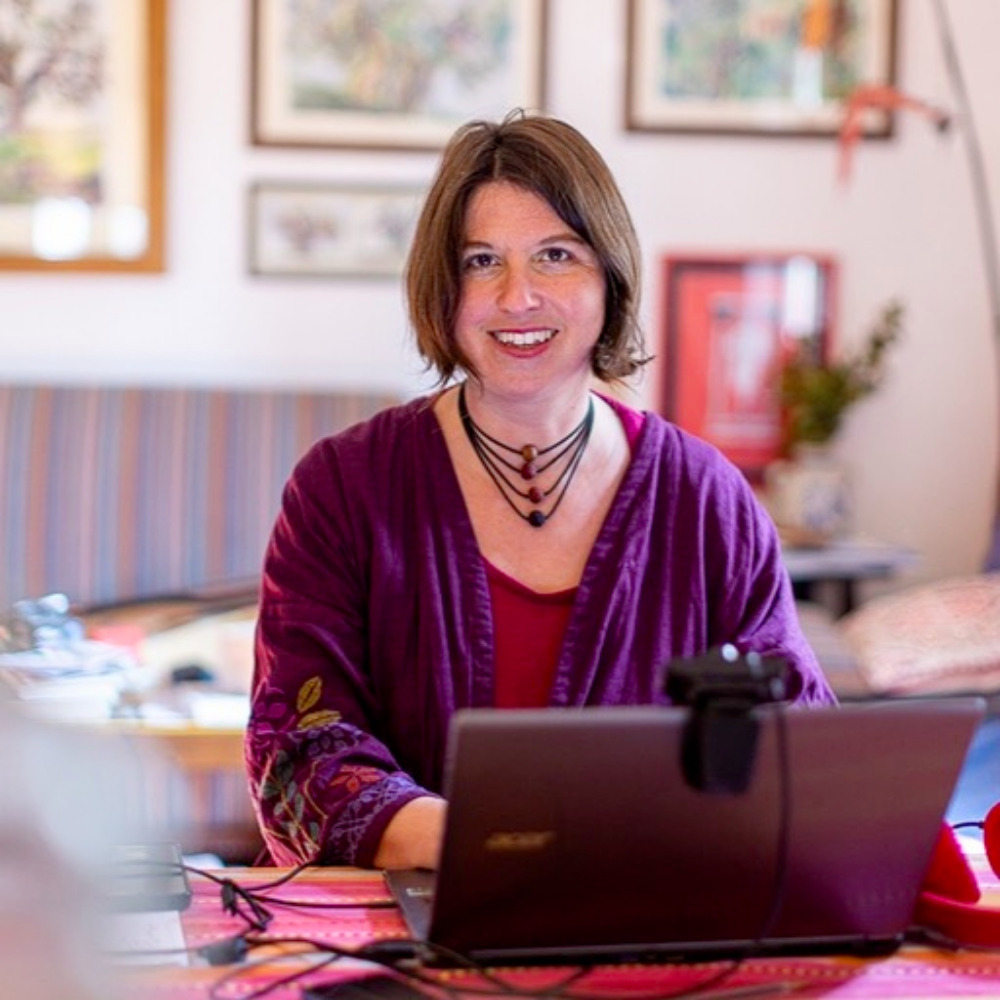
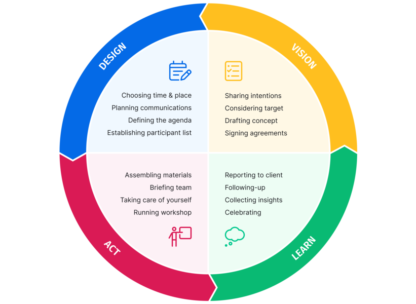

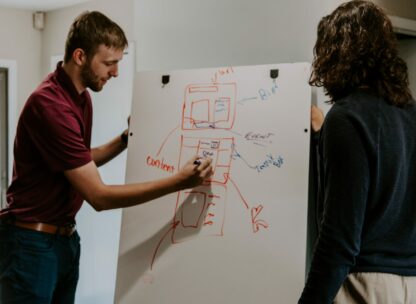
Leave a Comment